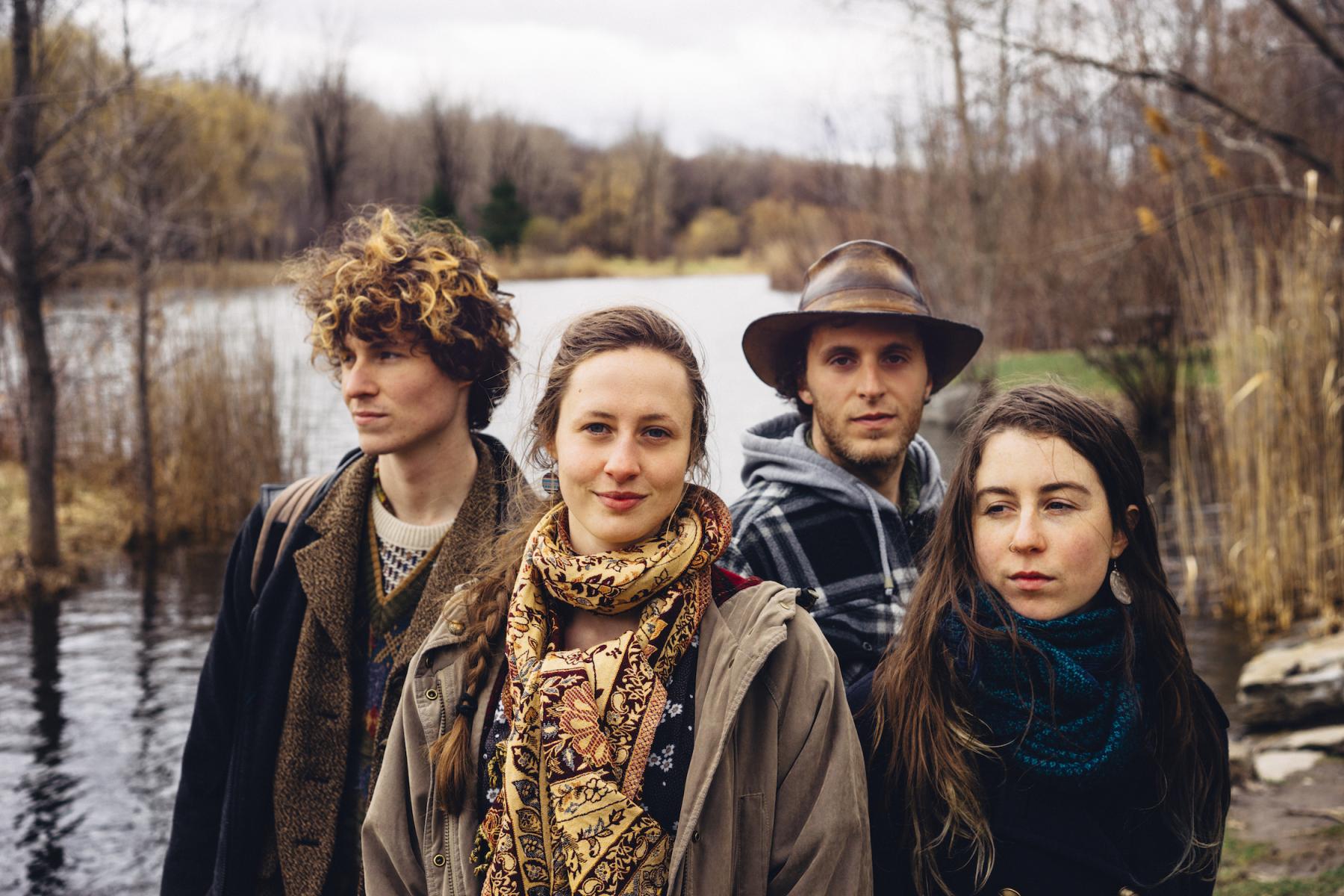I computed indicate studies for every of one’s 283 stimuli all over brand new 7 evaluative dimensions and you may used about three ine the new dictate out-of facial phrase, the fresh new gender and you may competition/ethnicity of your own design on each changeable (post-hoc contrasting was in fact presented with Bonferroni correction and only  the extreme viewpoints will be presented). Detailed overall performance (function and you will basic deviations) is described inside the Desk six.
the extreme viewpoints will be presented). Detailed overall performance (function and you will basic deviations) is described inside the Desk six.
Familiarity.
Familiarity ratings varied according to the type of facial expression, F(1,6) = 7.53, MSE = 1.27, p 2 = .14. Photographs displaying surprise obtained the highest familiarity ratings, all ps ? .008 (but not different from sadness, p = .053, fear, p = .617 and happiness, p = 1.000), and neutral photographs obtained the lowest familiarity ratings, all ps 2 = .01, or race/ethnicity, F(4,278) = 1.57, MSE = 0.28, p = .182, ?p 2 = .02.
Elegance.
Attractiveness recommendations along with varied based on facial term, F(step one,6) = 6.69, MSE = step 1.forty-two, p 2 = .13. Photos exhibiting glee gotten the greatest elegance recommendations, most of the ps ? .019 (yet not distinctive from anxiety, basic and you will shock, every ps = step one.000), and those demonstrating disgust obtained a decreased elegance evaluations, all of the ps ? .002 (but not unlike rage, worry, basic and you can despair, all the ps > .099).
61, MSE = 0.65, p = .107, ?p 2 = .01. However, results show the impact of model’s race/ethnicity on attractiveness ratings, F(4,278) = 7.96, MSE = 1.80, p 2 = .10. Specifically, African-American models obtained the highest attractiveness ratings, all ps ? .007 (but not different from Asian and European, both ps = 1.000) and South Asian models obtained the lowest attractiveness ratings, all ps 2 = .75. Specifically, we observed that models displaying anger were perceived as more aroused, all ps ? .001 (but not different from surprise, p = .214), and that those with neutral expressions obtained the lowest arousal ratings, all ps 2 = .87, such that photographs displaying happiness were rated as the most positive, all ps 2 = .00, or the model’s race/ethnicity, F 2 = .49. Specifically, happiness was perceived as the clearest expression, all ps 2 = .19, with photographs displaying happiness perceived as the most genuine, all ps ? .031 (but not different from fear and surprise, both ps = 1.000), and photographs displaying sadness rated as the least genuine, all ps ? .016 (but not different from anger, p = .112).
Genuineness ratings did not vary according to the sex of the model, or its race/ethnicity, both F 2 = .67, with photographs displaying anger perceived as the most intense, all ps 2 = .16 (see Table 6). Post-hoc comparisons with Bonferroni correction, showed that photographs displaying happiness obtained the highest accuracy rates, all ps ? .001 (but not different from anger, p = .080, and surprise, p = .252), and that photographs displaying fear obtained the lowest accuracy rates, all ps ? .040 (but not different from sadness, p = .839, and disgust, p = .869). Accuracy rates did not vary according to the sex, F(1,281) = 1.37, MSE = , p = .243, ?p 2 = .01, or the model’s race/ethnicity, F 2 = .01, such that the accuracy rates observed with the Portuguese sample (M = 74.3%, SE = .94) were lower than the ones reported in the original validation sample (M = 77.8%, SE = .94). We also observed a main effect of emotion, F(6,552) = , MSE = , p 2 = .20, such that photographs displaying happiness obtained the highest accuracy rates, all ps 2 = .04 (see Fig 1).

